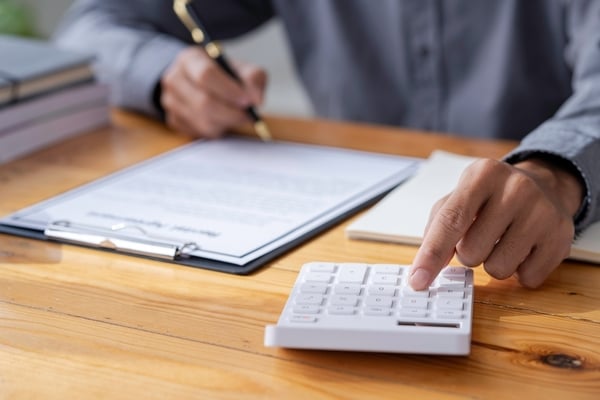
The ongoing rise in e-commerce markets and increasing need for packaging materials across the supply chain will likely lead to record demand for suppliers during Q4 Peak. So with the market volatility and expected demand in mind, you might be asking ‘Is now the optimal time to consider legislation that won’t take effect until next year?’
But with the government set to roll out the plastic packaging tax in just six months, it may be prudent to start considering how your business will be affected and to plan to avoid costs moving forward, since pressure for futureproof packaging solutions is likely to surge as businesses move into 2022.
Who will have to pay the tax?
Set at a rate of £200 per tonne for all plastic packaging containing less than 30% recycled content, the tax is aimed at importers and manufacturers, though companies who import packaging material before exporting the same product will be required to initially pay the levy, before claiming credit back at the point of export.
Manufacturers and importers of less than 10 tonnes of plastic packaging per year will be exempt from the tax.
What will be taxable?
The list of taxable items is currently as follows:
- All UK-manufactured packaging
- All imported primary packaging (packaging that directly surrounds products)
- Packaging for dangerous goods, food grade items and alternative plastics
- Domestically sourced transit packaging (including that for export) and empty transit packaging for UK use (such as plastic pallets, shrink wrap and pallet strapping)
- Medical equipment packaging
- Any packaging that fails quality control or becomes damaged - if it’s made, it’ll still be taxable
How will the tax be applied?
The cost is expected to be passed on from the taxable party to customers and clearly indicated on a separate line of the invoice price breakdown. This approach enables customers to better understand the financial implications of purchasing packaging that fails to meet the required level of recycled content.
Remaining compliant
To ensure your business doesn’t incur undue expenses, returns from all packaging handling will need to be returned online, on a quarterly basis. Businesses must maintain up-to-date registration details and continue to communicate the added taxation cost to customers, else government fines may be applied.
To find out more, visit the HMRC website.
How to prevent taxation with the correct packaging choices
The primary purpose of the tax is to encourage businesses and their clients to use less plastic, so the most simple and straightforward approach to avoid incurring costs and passing on those expenses to your customers is to integrate plastic alternatives in your packaging or seek out solutions that are composed of 30% recycled content.
By simply using less material, your packaging use volumes will drop. So to aid in reducing your reported material use, consider switching to ultra-efficient systems like the Grip manual stretch film applicator, which serves to cut film volumes by up to 40%.
From ultra-efficient stretch film, to paper-based mailers, void fill and air pillows, to 100% natural loose fill, we’ve a range of eco-friendly solutions to make the transition to greener packaging simple. Contact us to discuss your packaging needs.
For more detailed information on the plastic tax, read our blog: Understanding the UK Plastic Packaging Tax.